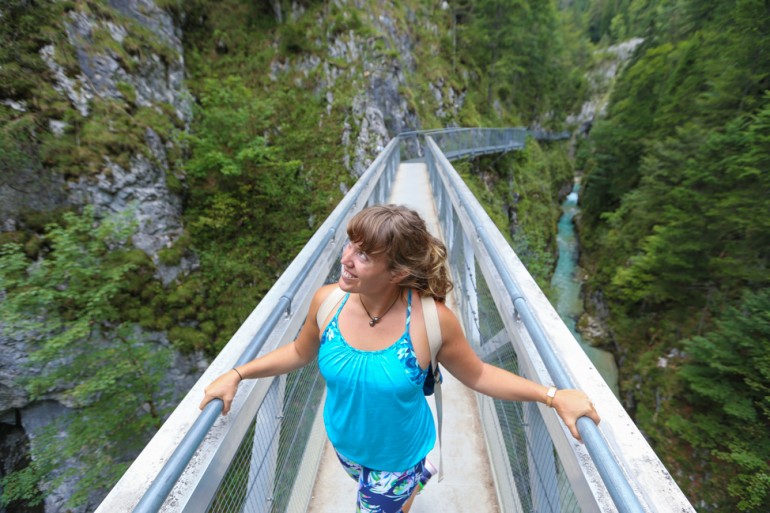Sponsored Listings:
This is a sponsored post written by me on behalf of Alpine Tourism Commission, comprising Austria, Germany and Switzerland, for IZEA. All photos and opinions are mine.
They’ve got great food, they’ve got distinctive culture, but my biggest reason for loving the Alps so is its abundance of outdoor opportunities. I’d rather be outside enjoying Mother Nature than cooped up in a museum any old day.
In Switzerland, you’ve got Jungfrau, the highest train station in Europe, which overlooks the Alps in the surrounding countries, too, and the car-free town of Zermatt, which sits at the bottom of the Matterhorn. There, you’ll find numerous glacier hikes, as well as chocolate and cheese experiences galore (all things that the Swiss do particularly well). In summer months, there’s ample warm-weather hiking around Bern and Lucerne, plus Interlaken, Europe’s premiere destination for adrenaline junkies. It was also one of my first stops on my solo train journey across Western Europe as an impressionable 20-year-old student, and my canyoneering experience there was something I’ll never forget. SVV also traveled there with his roommate Joe in the winter of 1999 and always brings it up as a destination of choice in central Europe should we find ourselves in the area again.


Austria, on the other hand, moves to the beat of a different tune (you can thank famous residents Mozart and Maria von Trapp for that!). It boasts some awe-inspiring Renaissance castles and palaces in cities like the 800-year-old Innsbruck, in addition to some of the best ski resorts on the continent (and bonus: you can fill up on strudel after a long day on the slopes!). It’s also full of peaceful alpine meadows and charming lakeside towns such as Hallstatt in contrast to its bigger, busier entities like Salzburg.

And then, there’s Germany with its distinctly Bavarian culture that’s palpable in the Alps’ gateway, Munich, as well as every town woven throughout the notable mountain range. Flanked by some of the most impressive and gorgeous peaks around, the Bavarian Alps also conceal famous sites from history such as the Kehlsteinhaus (or the Eagle’s Nest), located near the Austrian border just outside Berchtesgaden. And the country is brimming with other wonders like Baden-Baden, a spa town near the Black Forest—where you’ll also find one of the 9 must-try dishes, Schwarzwald—that I’m still dying to reach.

Oh, and if you’re lucky, you’ll also stumble upon the Leutasch Gorge (or Leutaschklamm)—which you’ll see in all its beauty in the #AbsolutelyAlps video below—a new discovery of mine on this last trip that might be one of the most unique offerings of all.
Technically speaking, the gorge sits on the Bavarian-Tyrolean border, and we found ourselves crisscrossing back and forth between Germany and Austria over the course of two hours.

The 10.4-mile Leutaschklamm Gorge Loop is a new-ish development in the Alps and one I’d not discovered until I started researching attractions to hit up on this trip. Said to be inhabited by goblins and spirits, this gorge was fully developed for tourism a decade ago—three years after I last visited this region—thanks to a 1.4 million euro investment by the EU, Austrian and German governments.

What did this money provide? Why, steel walkways and bridges that spanned nearly 1,000 meters and made it one of the coolest new structures in the area.
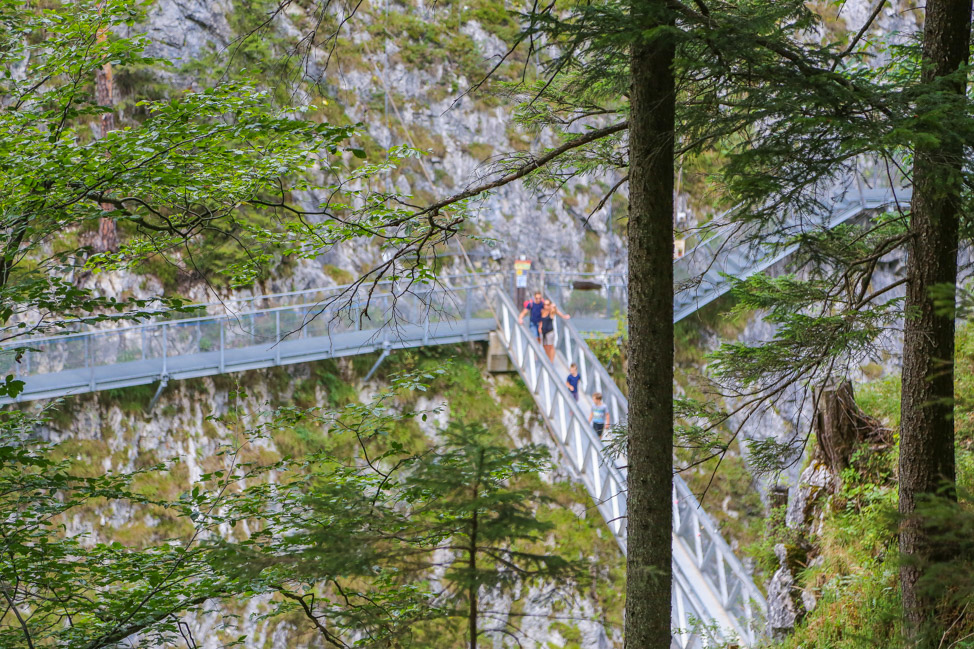
I’ll admit: Those first few steps out onto the bridge were a bit disarming. After all, you’re walking over open grates, the gushing river a good hundred feet below you.


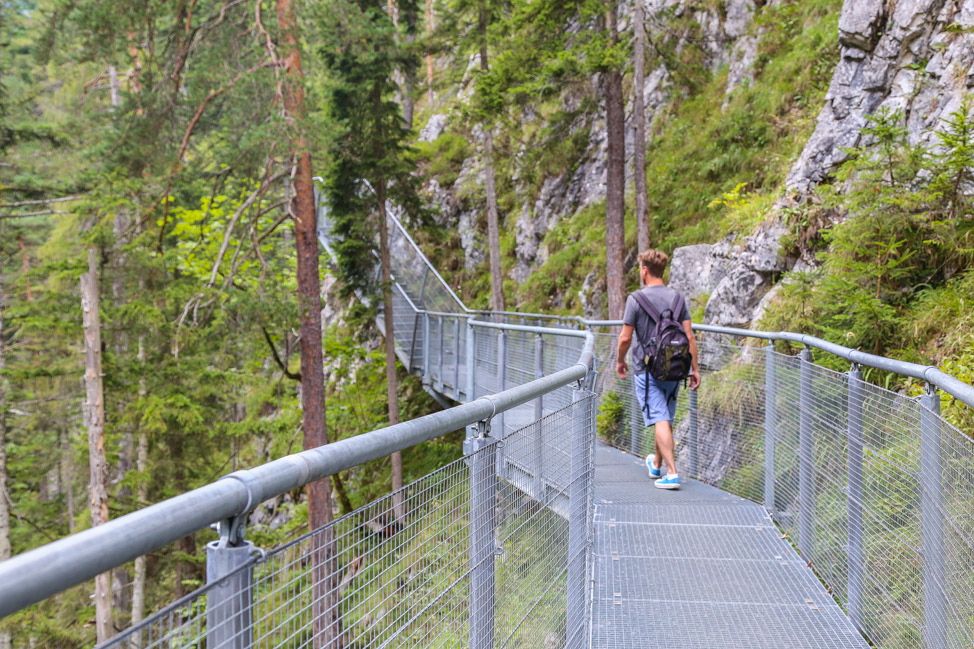
But once I got into my groove, I absolutely loved it. I kept expecting the steel walkways to end around every bend, and yet they kept going. I guess 1,000 meters is pretty long when you’re dangling precariously above a gorge.
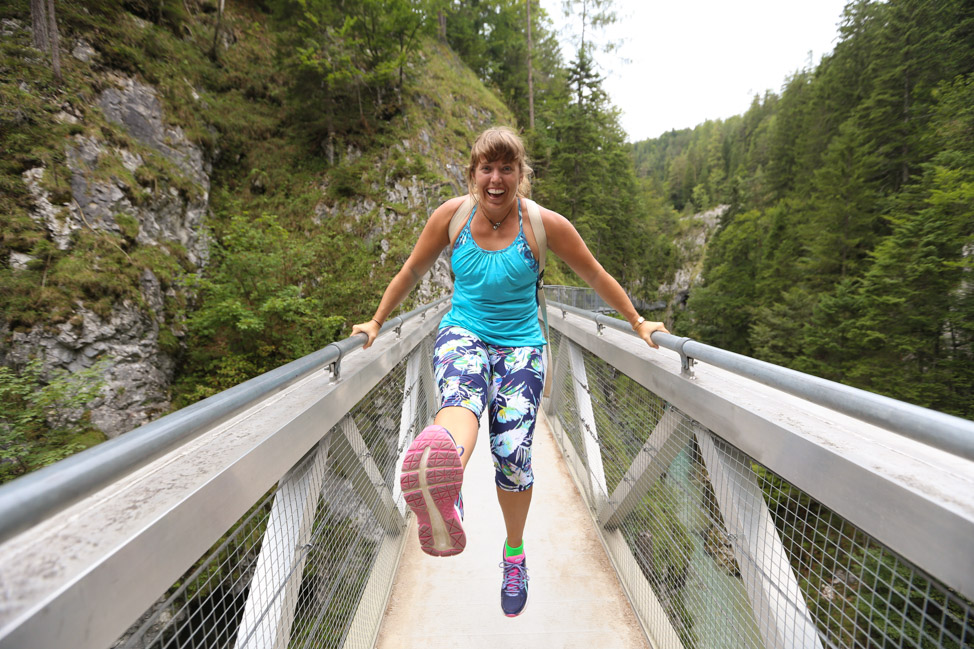
Still, what a one-of-a-kind, breathtaking experience to offer visitors like myself. Not to mention, it’s a free activity!
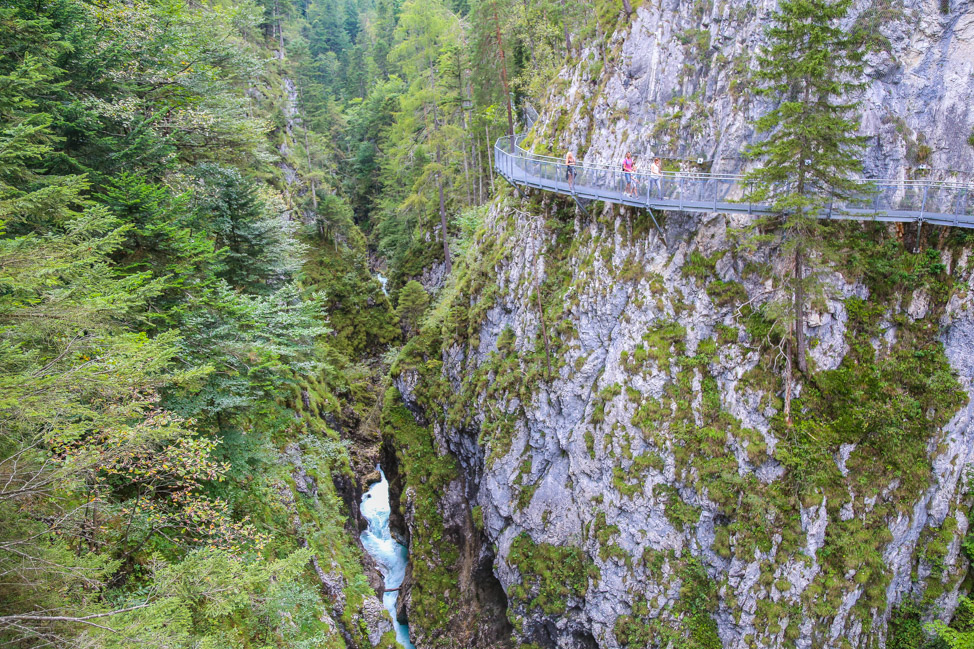


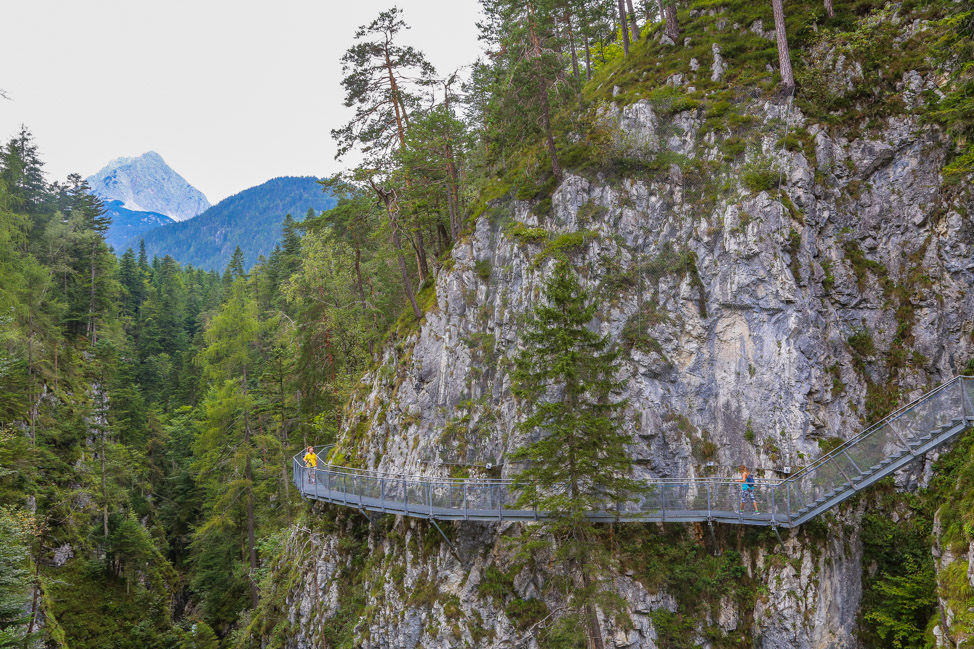
For others retracing our steps, the one thing I will say is to watch the path you’re taking carefully. Since we arrived via the less traveled route, we completely missed the entrance to the gorge loop as the markers are small and blend into their surrounds. We actually hiked all the way to the other entrance and back again until we found where we were supposed to detour for the gorge.
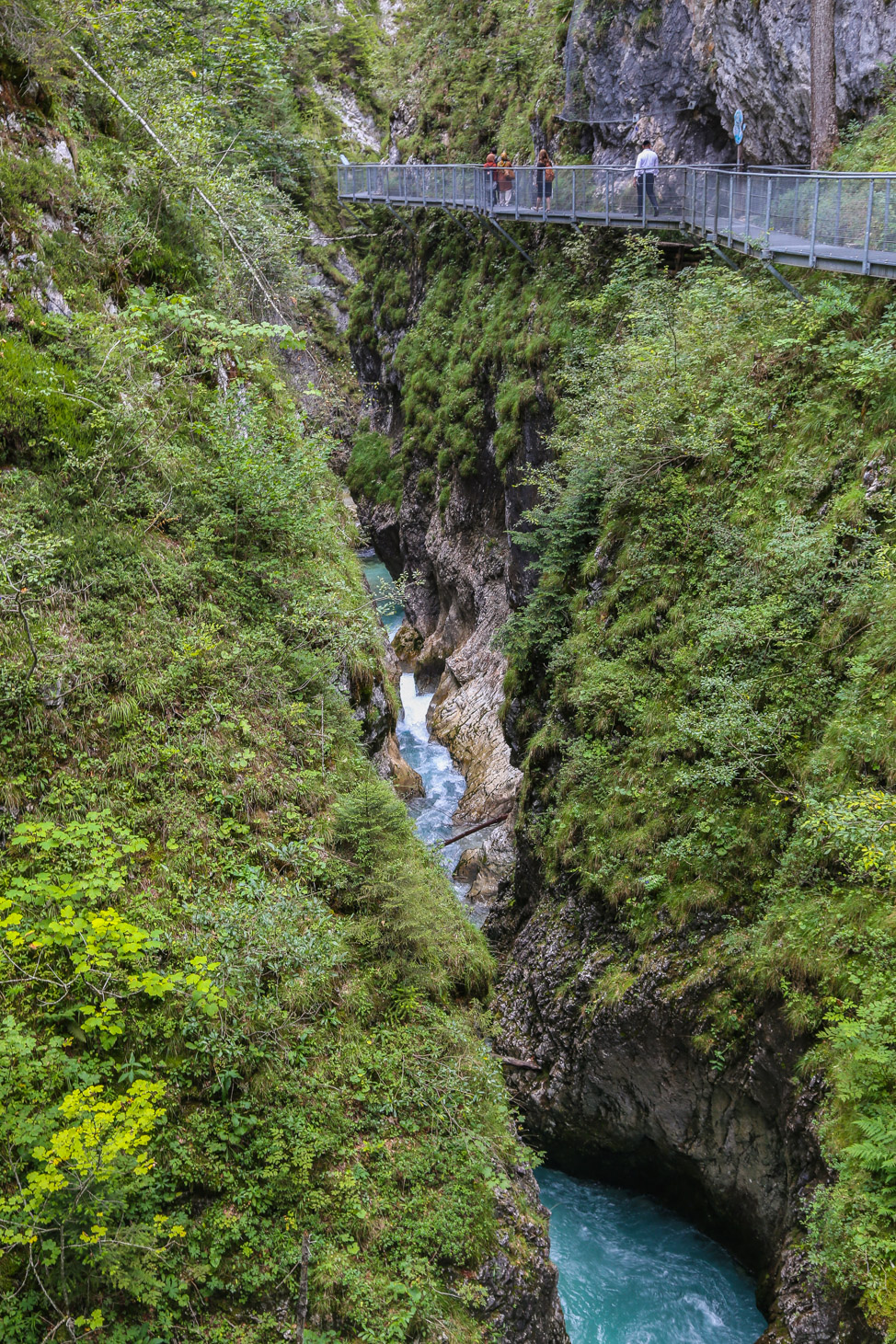
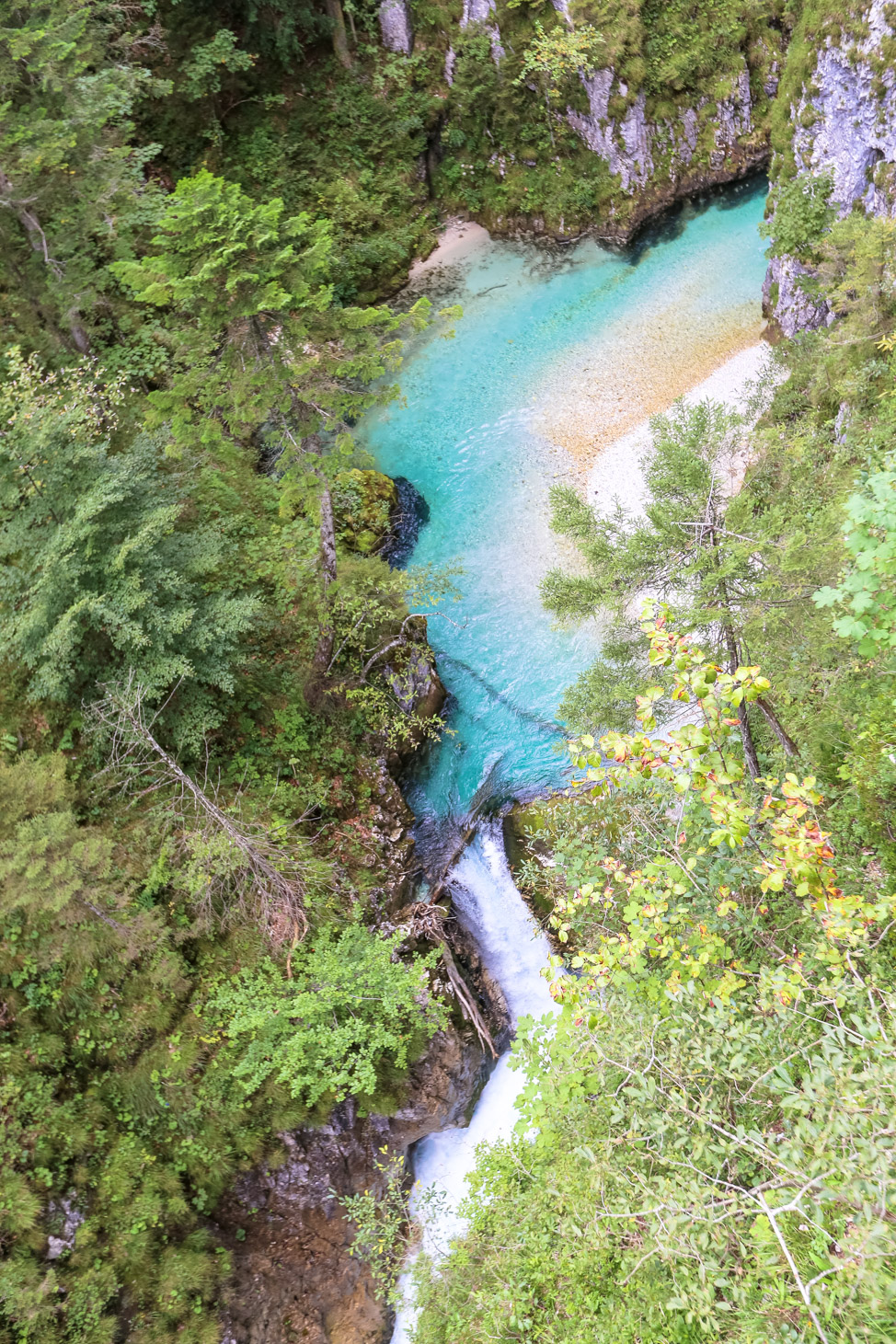

Then again, all who wander are not lost—isn’t that how the saying goes? We came across some scenic vistas thanks to our veering off the beaten path.
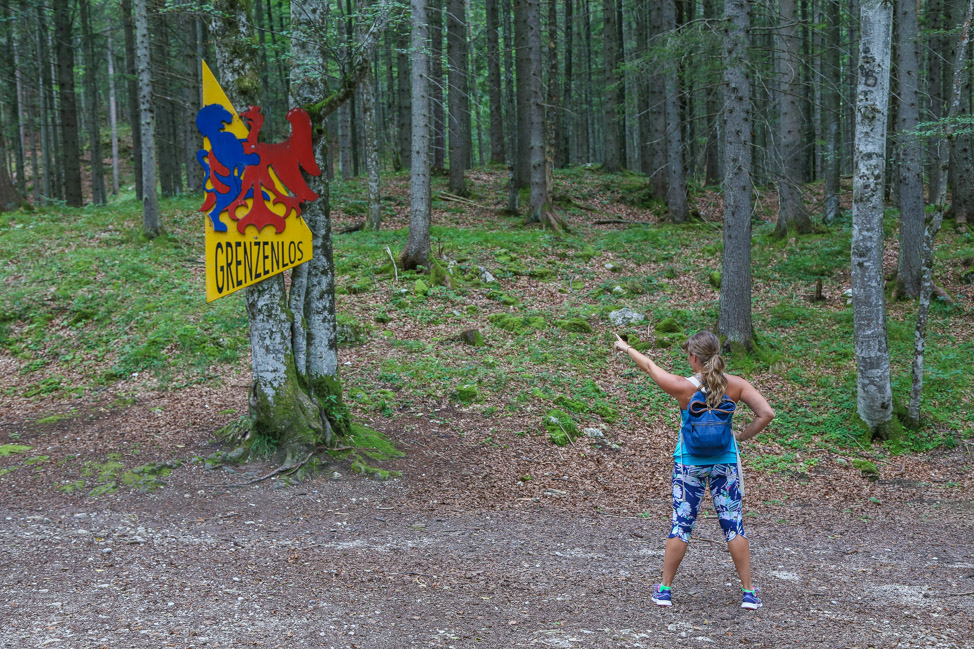
Leutasch Gorge may not be considered one of the Alps’ 9 hidden gems, but it’s an area more people should know about, for sure.
If you come from the way we did around back—we entered just west of downtown Mittenwald along the Isar river off of Riedboden—you’ll find yourself coming up the back way by Gletscherschliff, which is a bit of a steep climb in sections. But if you arrive via the main entrance in Schanz, Austria, where the parking lot is, it’s relatively easy—great for kids and well-suited for hikers of all skill and fitness level.


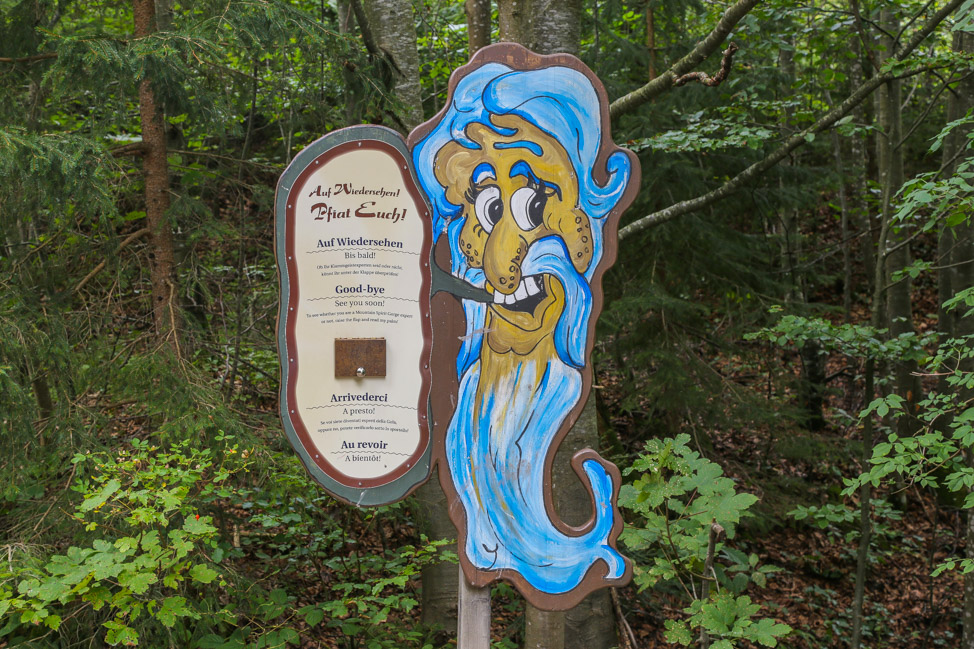
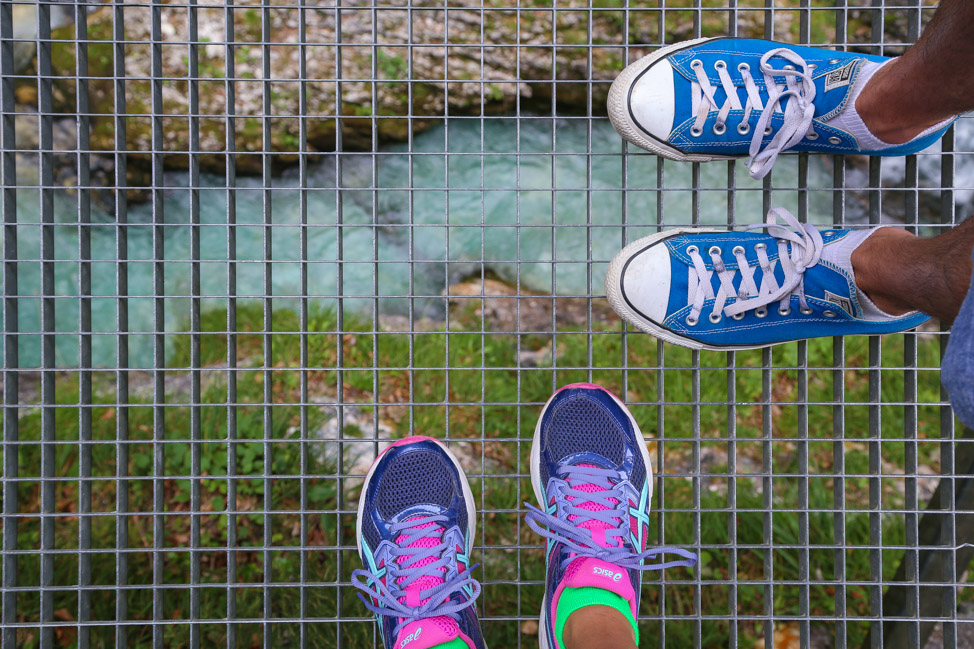
On our way back to the car, we walked along the Isar, the river that sliced through Mittenwald, and decided to take a bit of an impromptu dip.
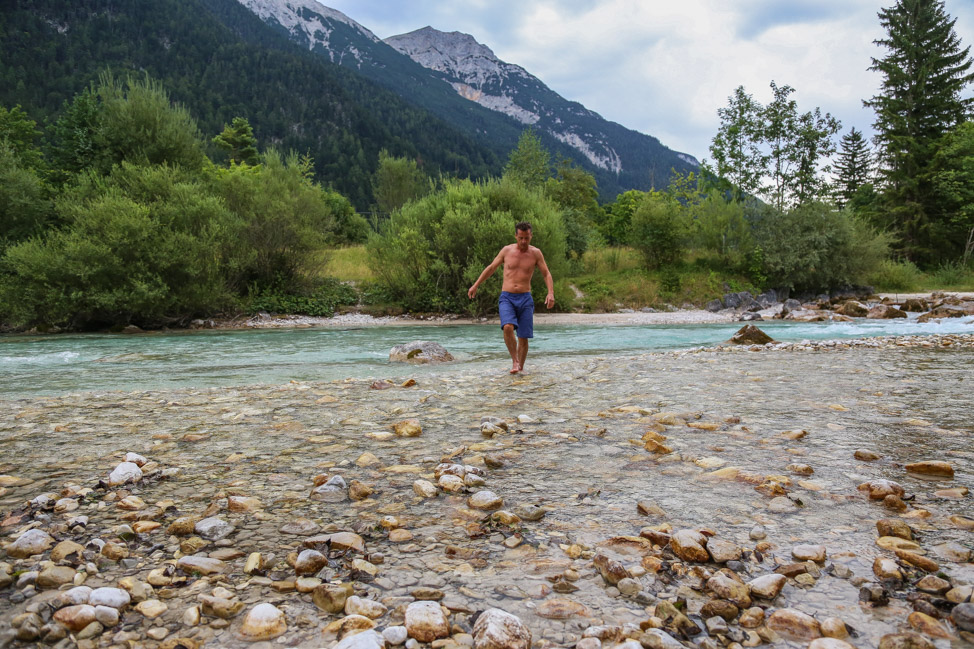
There’s no prettier, cleaner water in the world than that you’ll find in Switzerland, Austria and Germany, and it felt refreshing to plunge into the Isar.
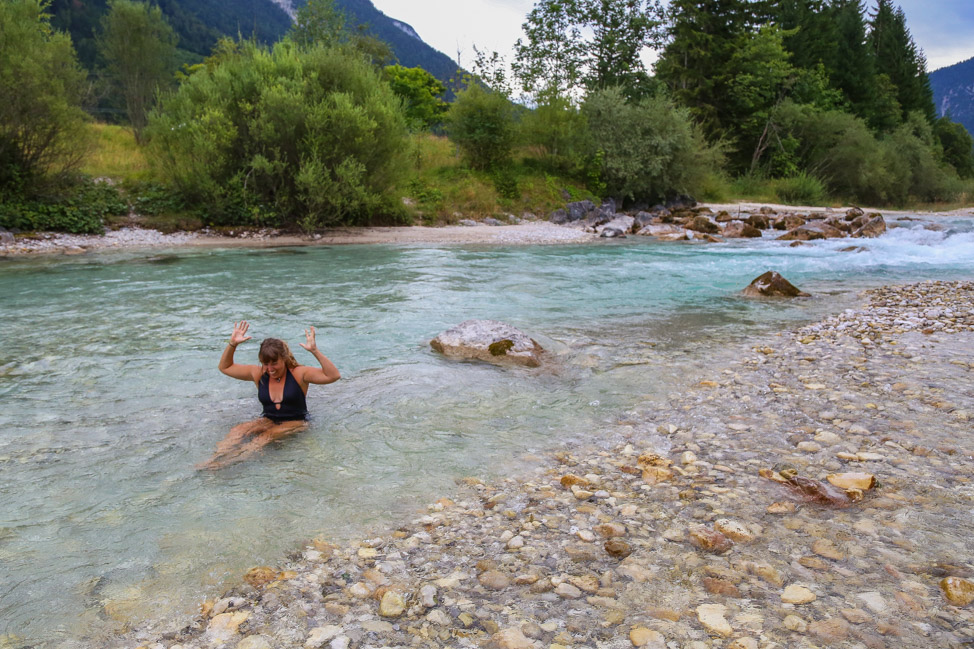
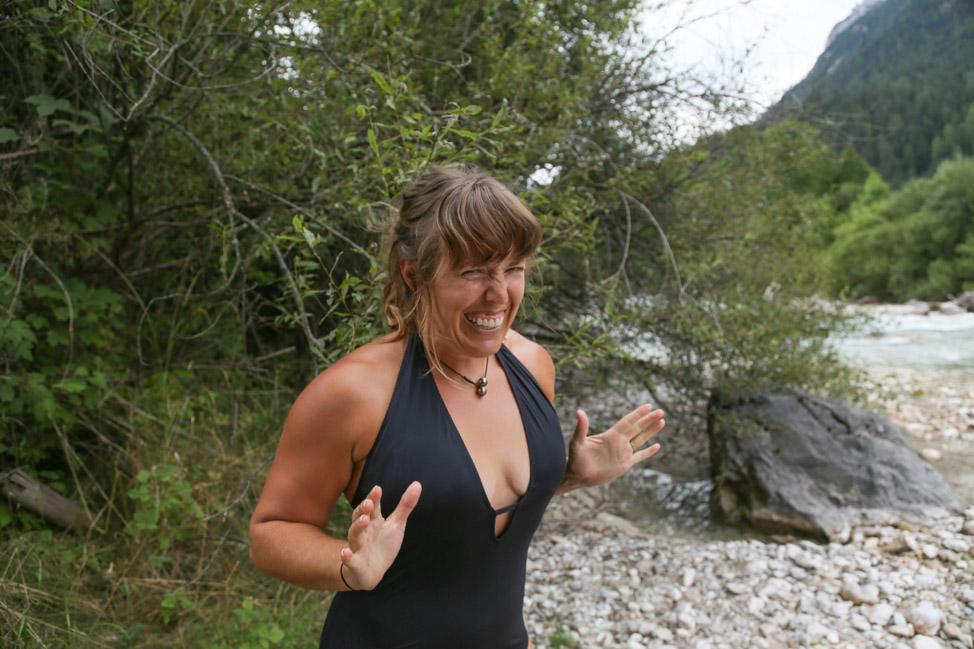
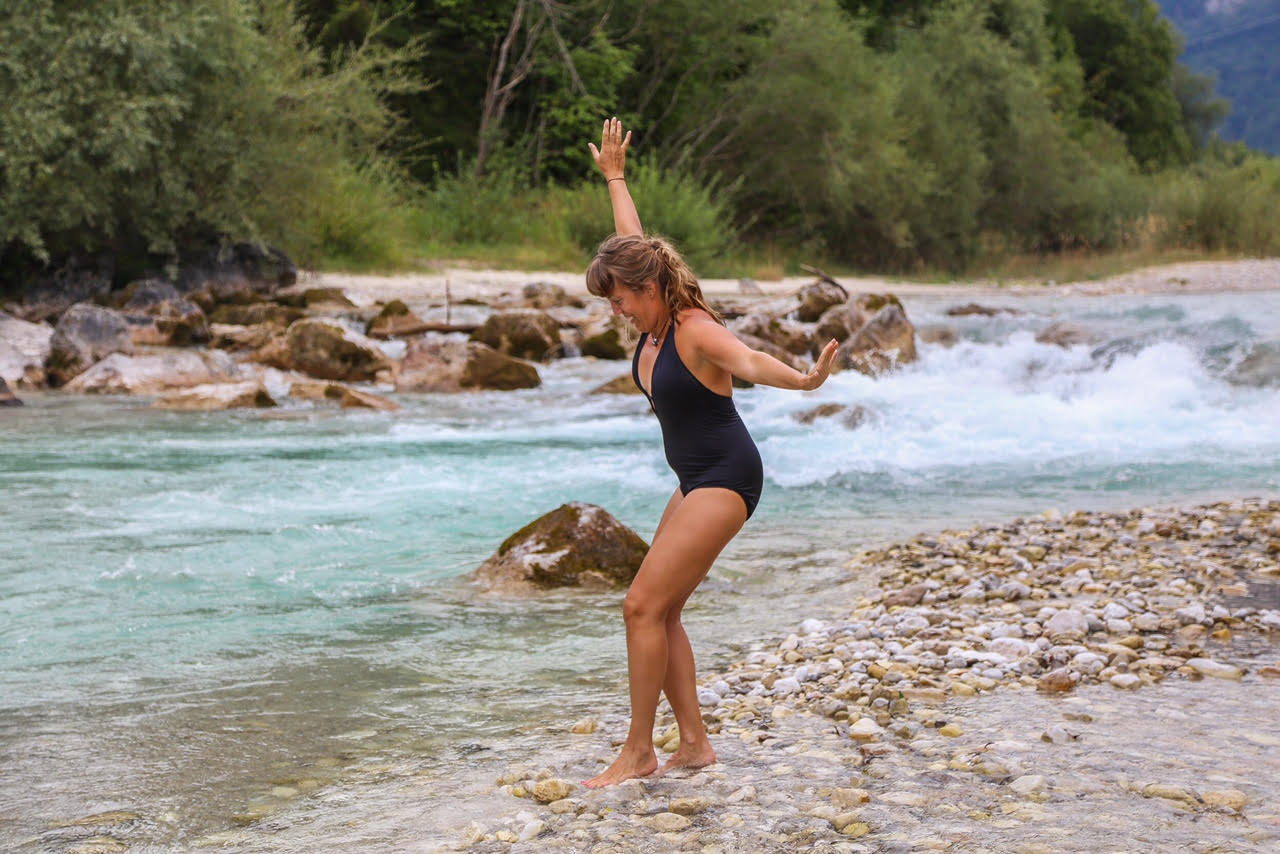
It was also really cold! I immediately understood why Isar translates to “ice river.”

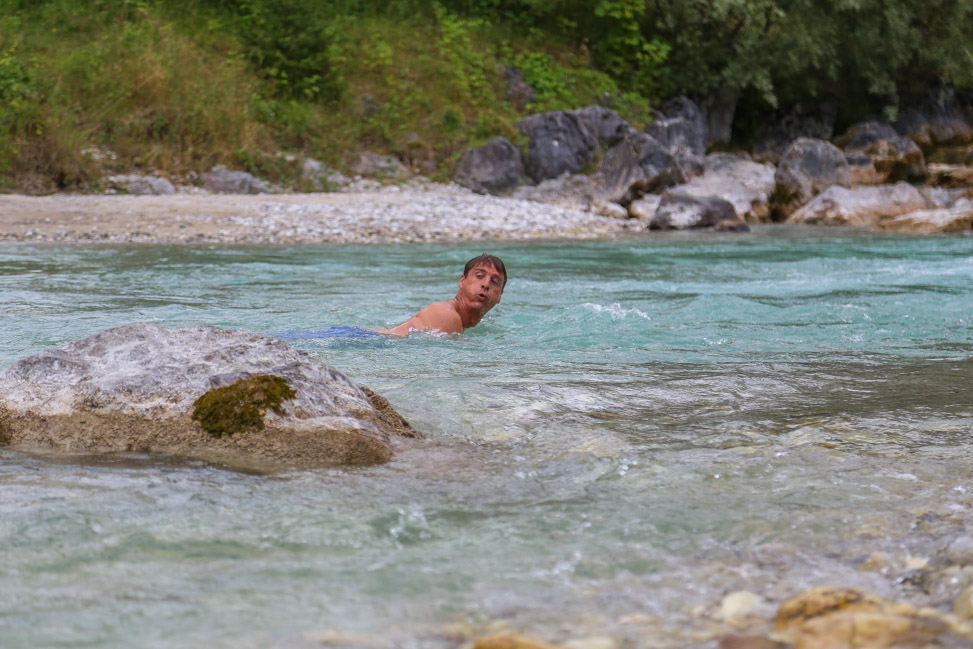
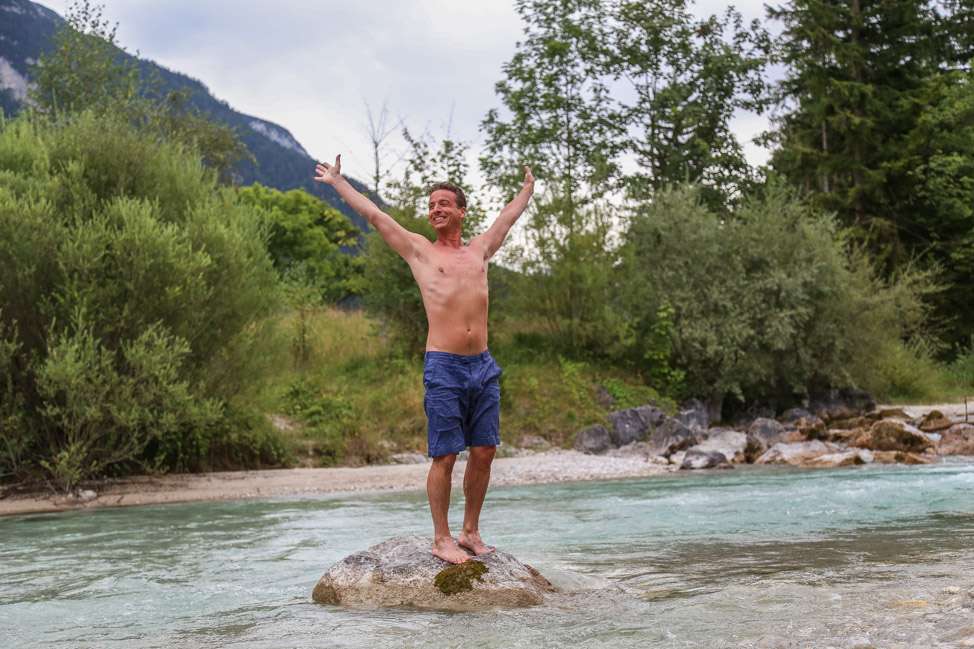
I’d say we earned our beers by the day’s end, wouldn’t you?
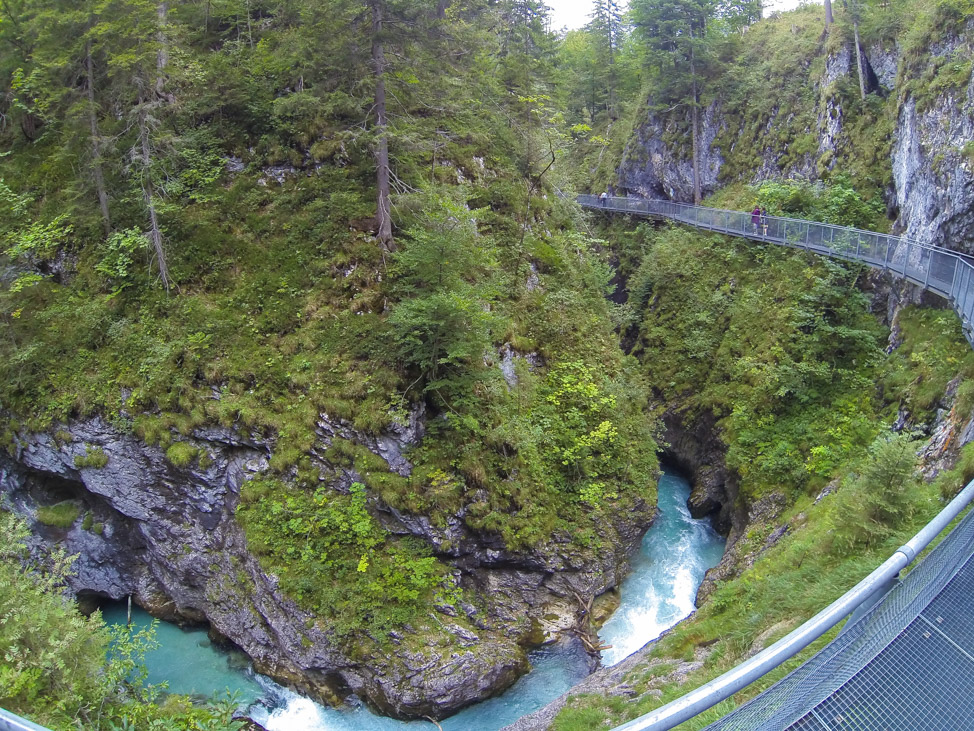
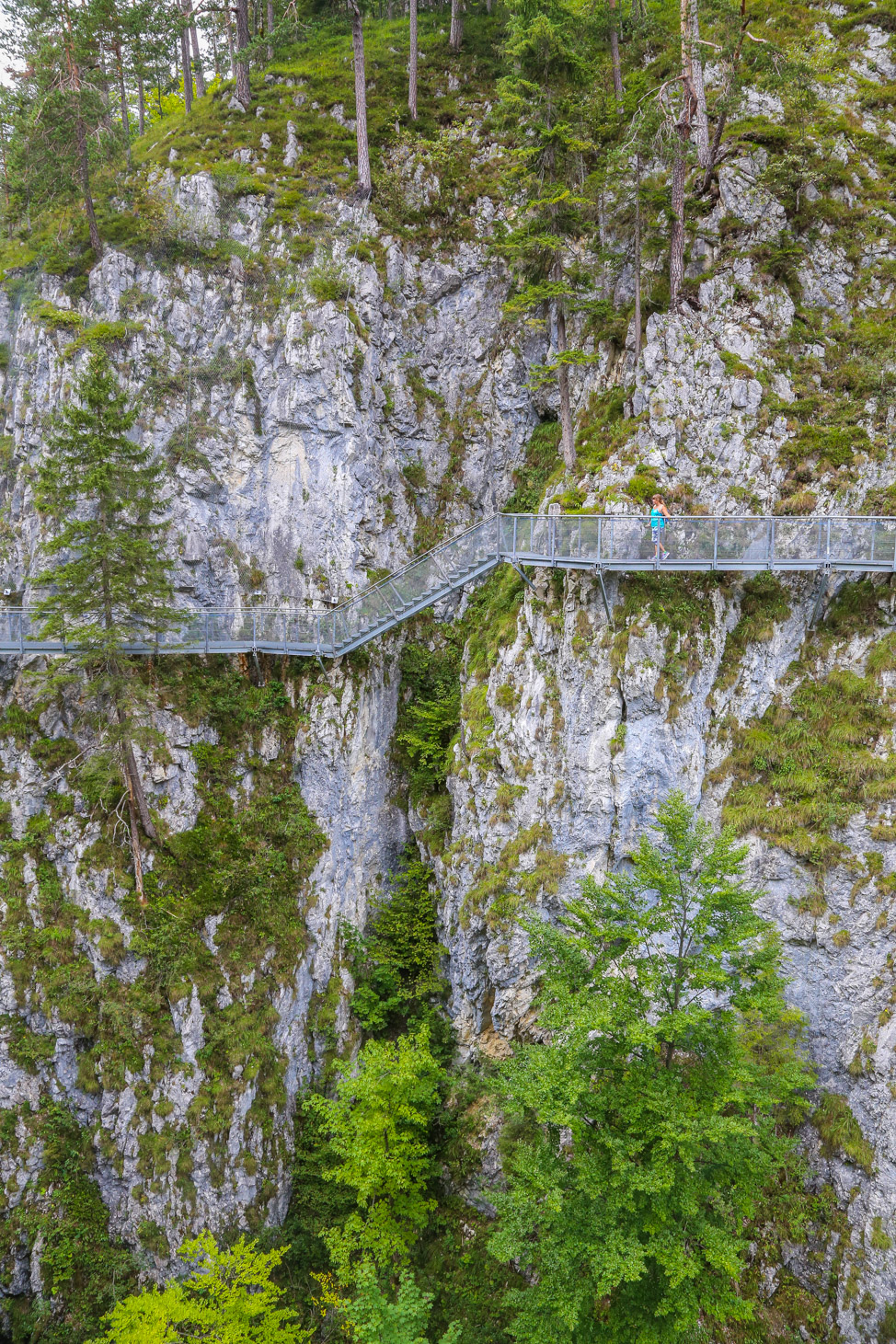
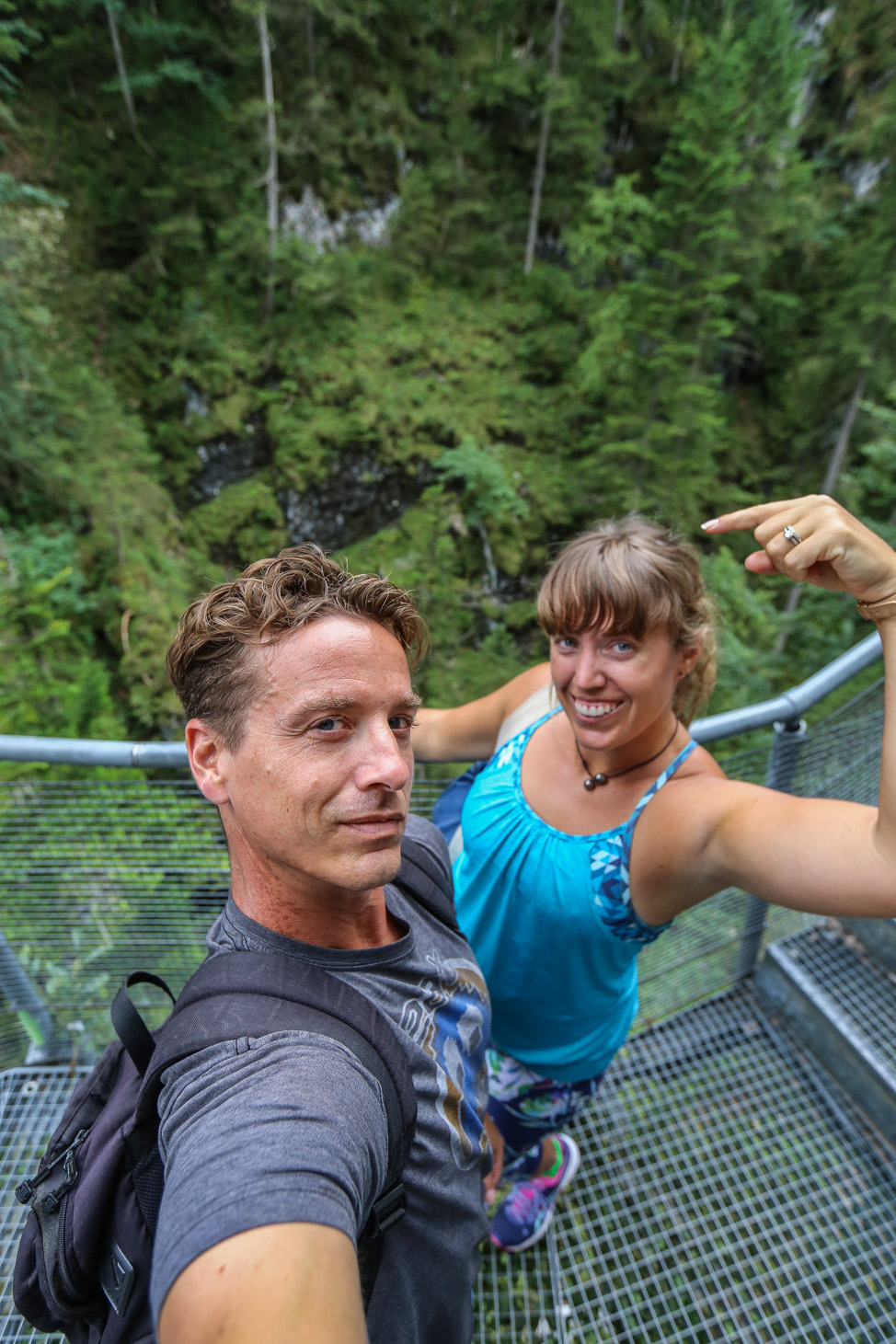
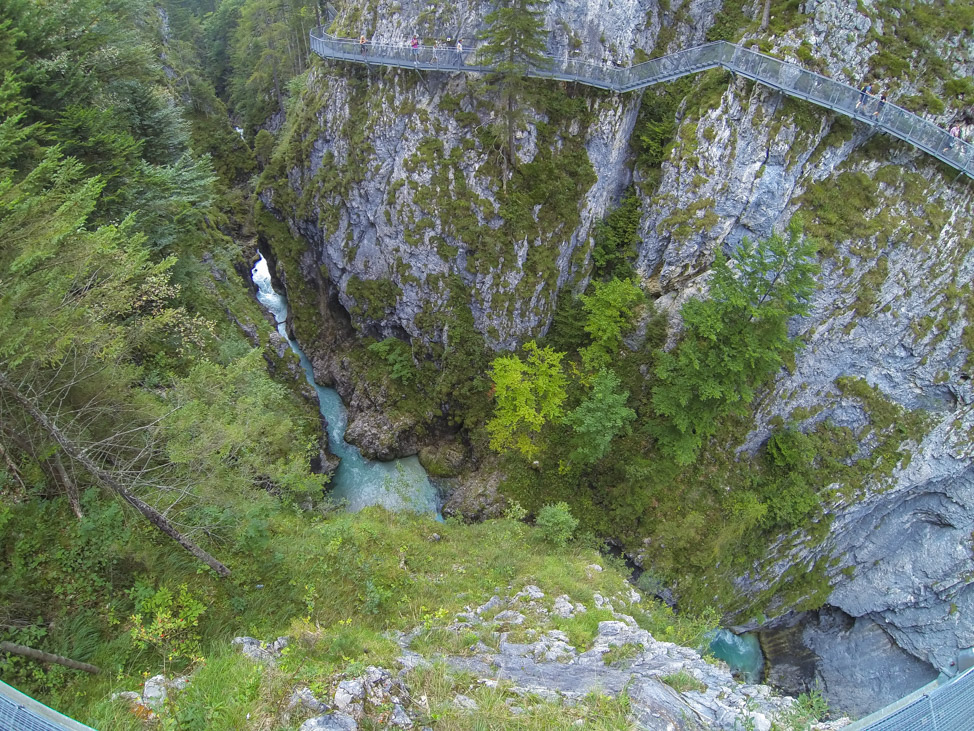
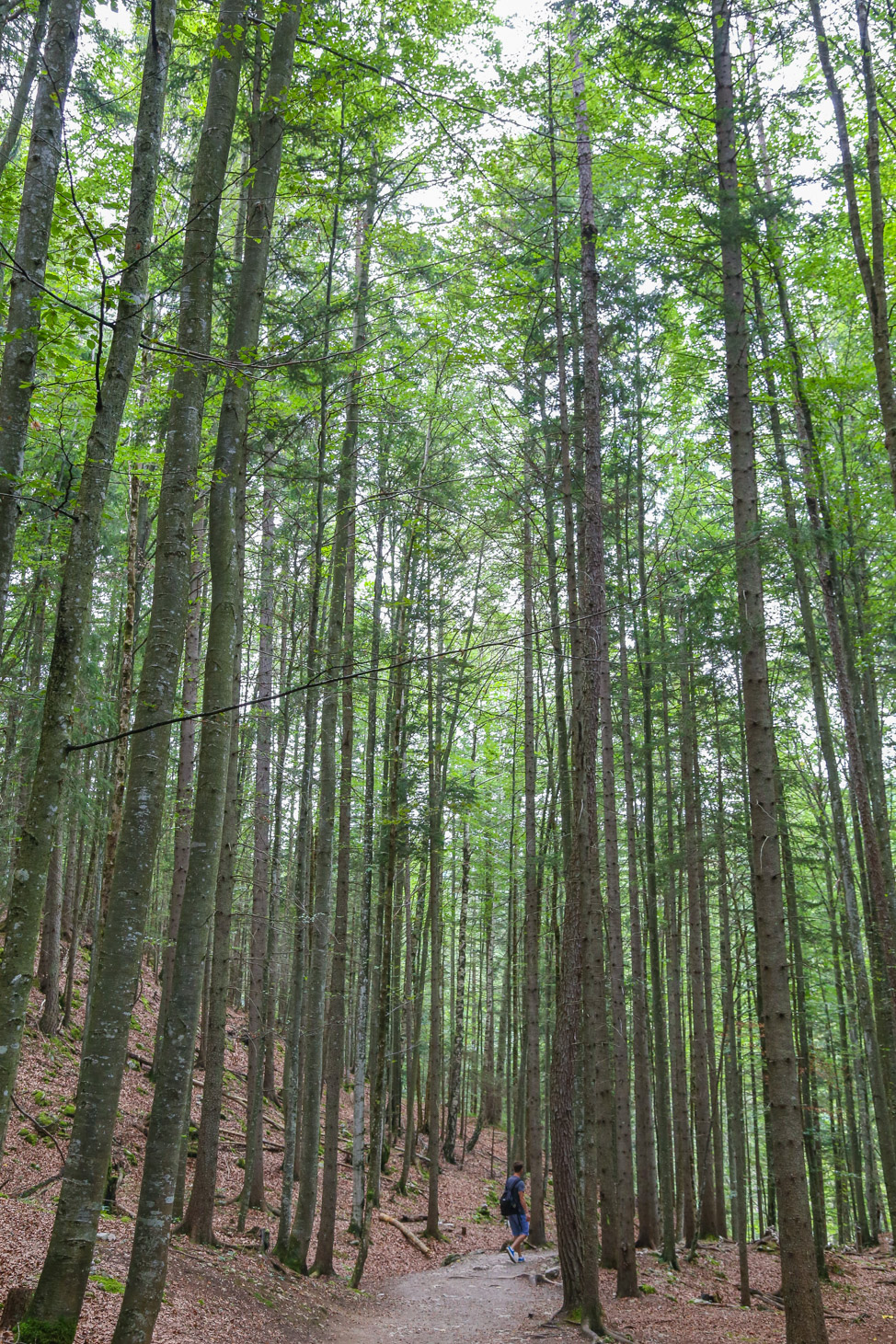
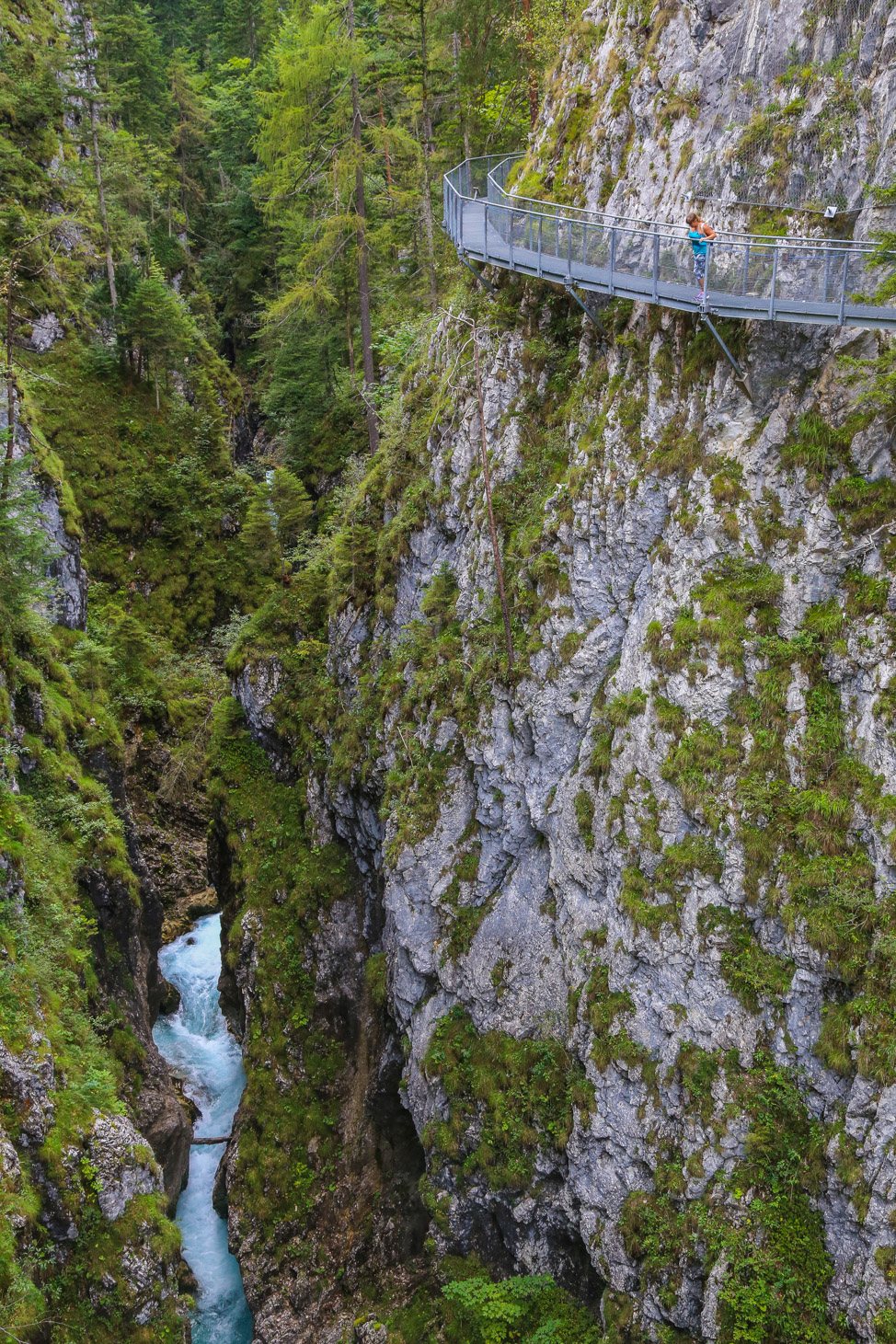
For more about the Alps, like 9 fun facts you might not know, check out my last post on planning a road trip to the region.
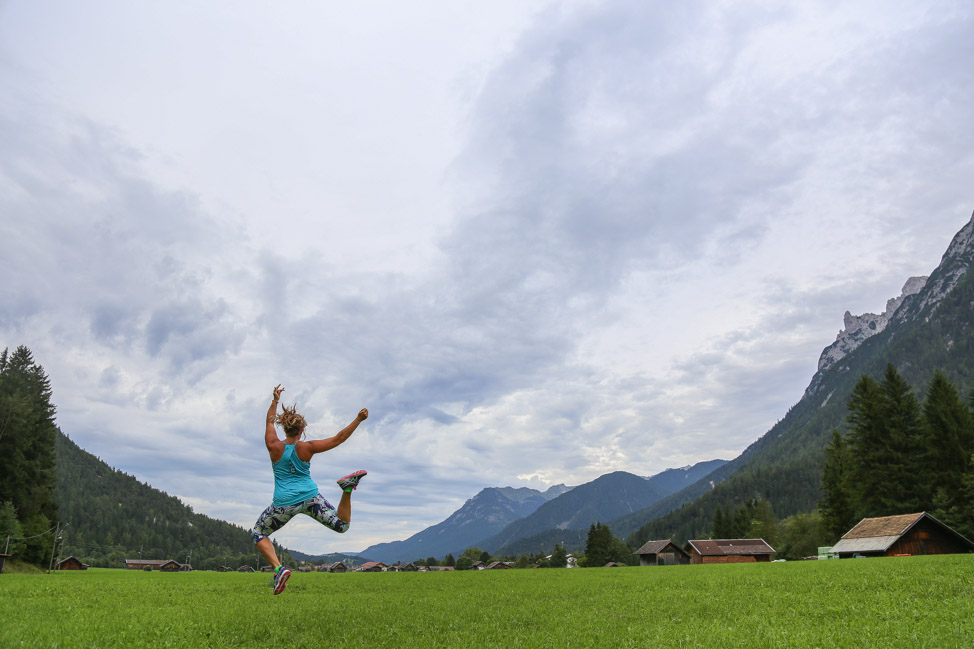
The post High-Altitude Adventure: Hiking Gorges in the Alps appeared first on Camels & Chocolate: Travel & Lifestyles Blog.
Source: camelsandchocolate.com

